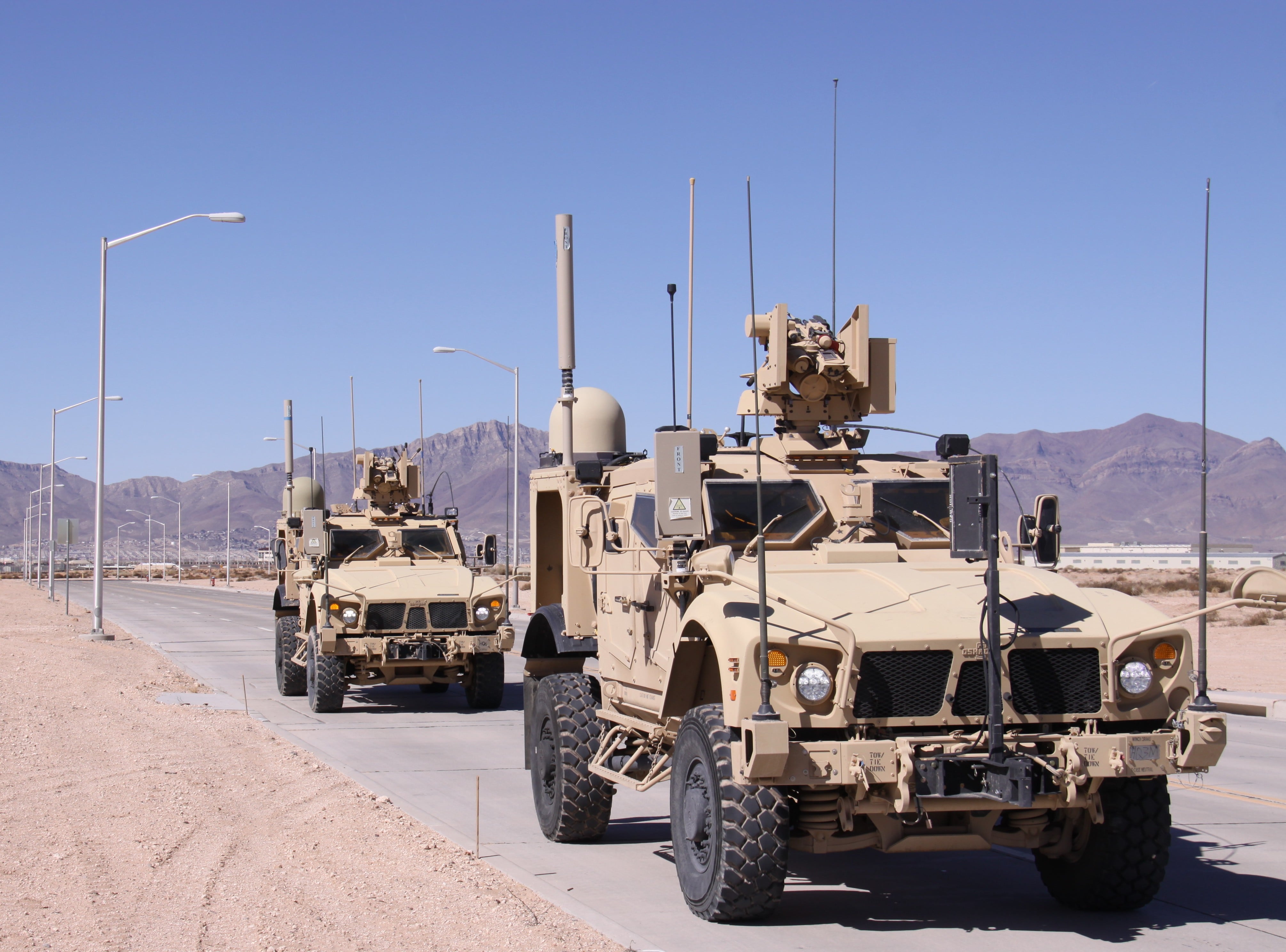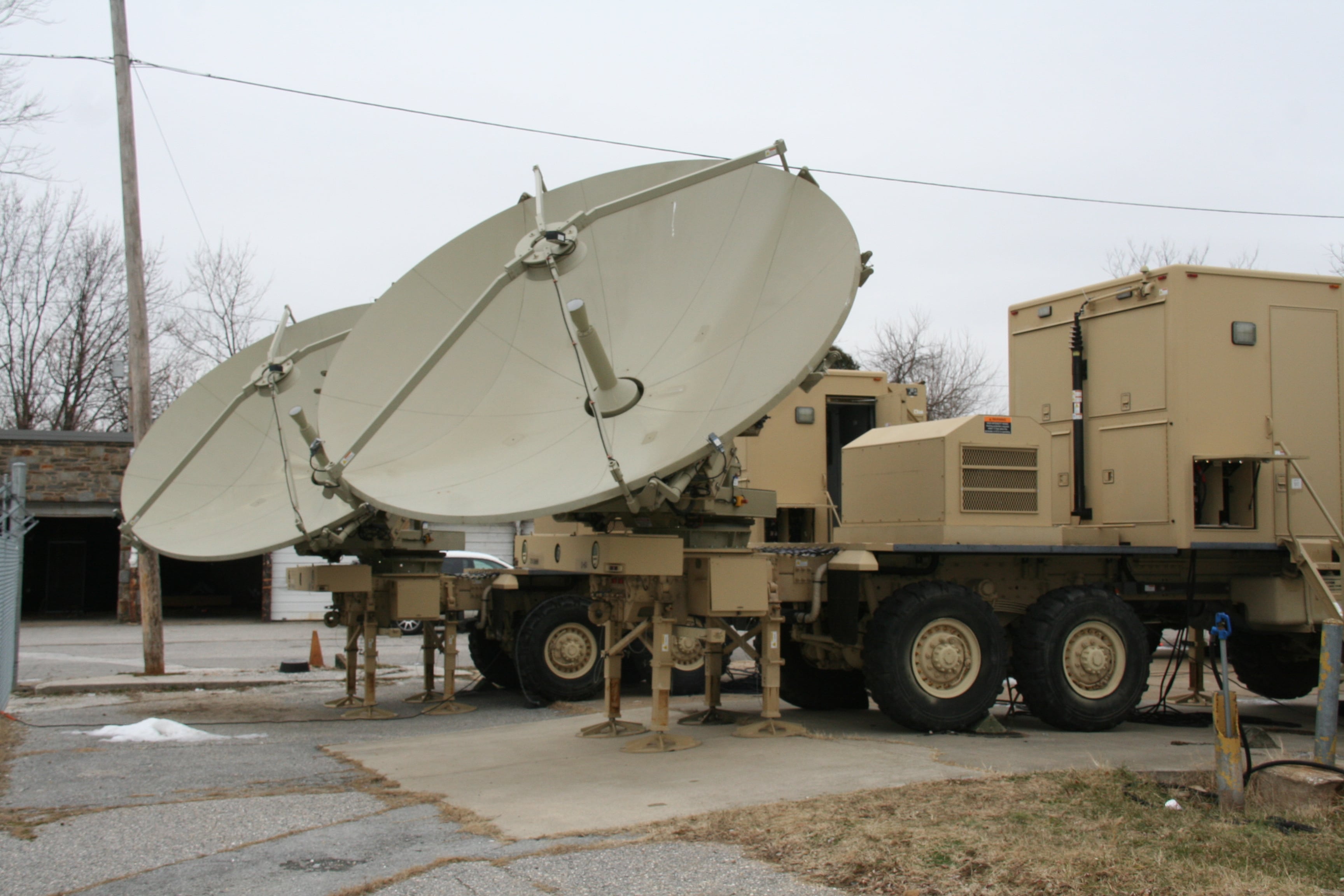The Army, in addressing concerns with their tactical networks and command posts that they assess are not survivable in a high-end fight against a peer adversary, is looking toward what they call an “adapt and buy” tactic.
The adapt-and-buy tactic will enable the Army to inject relevant technologies into its programs in a more rapid fashion.
Given the rapid proliferation of technology in recent years, “not only are we not keeping pace with technology, but in our current state, we’re not postured to maximize the technological might of our private sector,” Lt. Gen. Bruce Crawford, CIO/G6 told reporters Oct. 9 at the Association of the U.S. Army’s annual conference.
One thing that is going to be different going forward is the Army will buy less stuff more often, Maj. Gen. James Mingus, director of the Mission Command Center of Excellence, said during a presentation at AUSA on Oct. 10.
When the Army has a good idea of what its future state ― informed by the threat ― will look like, they can start to field equipment to get to that state to a small set of the Army. This might be 30 percent of the Army, Mingus said, and this equipment will be fielded as fast as possible.
“When the next future state comes out, you cascade. Either back to that same unit, if it’s a priority issue or some other method in which we cascade the initial future state until you keep going in what we’re calling there to five year sprints,” he said. “What we can’t do is continue to buy and acquire things today that actually don’t come to the force for eight years and you keep it for 20 years and it’s outdated before you ever get it out there.”
Under the current method, the Army has multi-million dollar programs of record that make it difficult to insert newer technologies or capabilities.
[Army looks to refine requirements process in light of network challenges]
This adapt-and-buy tactic is a “rapid turn on technology to keep pace as best we can,” Mingus said.
“It’s really taking advantage of a software-defined environment so we can iteratively spin in new capabilities and then just as importantly spin them out,” Maj. Gen. John Morrison, commander of the Cyber Center of Excellence, said during the same presentation. “On the joint side, I go back to really the premise of adapt and buy is look what’s already out there in the joint force and with our [special operations forces] partners and if it’s something we can use…then we bring that in right off the bat that’s going to increase joint interoperability on the front end.”
RELATED

The Army is laying the groundwork to begin this process in 2019, Mingus said, beginning market research for experimentation and prototyping to set the conditions in 2018 for the pivot in 2019 and beyond.
The Army is moving towards a standard, common baseline for its IT and networking solutions. This, they believe, will prevent interoperability problems that popped up over the last 16 with systems and units that had different capabilities. For example, the standard for the Army’s tactical network ― Warfighter Information Network-Tactical ― across the force is Increment 1B, which just received an Army-wide tech refresh. Increment 2 — the on-the-move capability — was never meant to go to everyone, just on-the-move units the Army decided needed it. This includes Infantry Brigade Combat Teams and Stryker BCT.
Mark Pomerleau is a reporter for C4ISRNET, covering information warfare and cyberspace.








